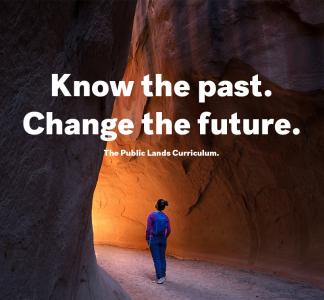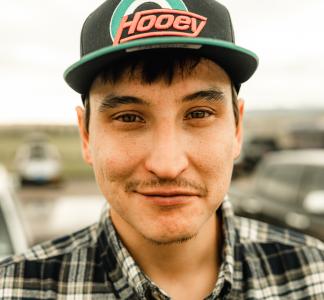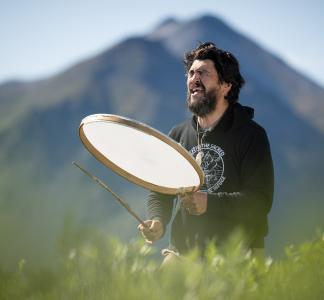9 Indigenous-led conservation wins and other promising advancements from 2023
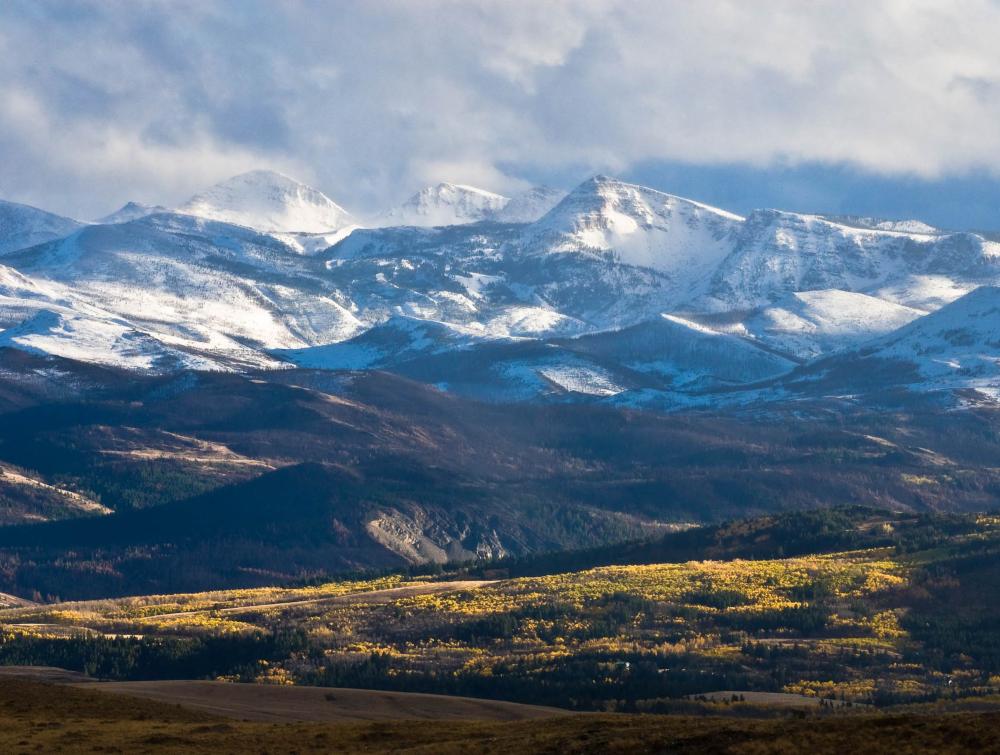
Badger-Two Medicine, Montana
tonybynum.com
Progress from Badger-Two Medicine to Avi Kwa Ame National Monument
In 2023, we witnessed a shift in approach to environmental stewardship and conservation, largely driven by the leadership of Indigenous peoples and Tribal Nations –the original and longest-serving stewards of the land we call North America. There were also some big steps forward for protection of important cultural sites and Tribal homelands.
The health of our lands and waters depends on working collaboratively in ways that honor tribal sovereignty, uphold treaty obligations, embrace Indigenous Knowledge and advance Indigenous priorities.
Below, we highlight some conservation triumphs and transformative moments of 2023.
- Oil and gas banned from sacred and culturally significant sites
- Sacred lands permanently protected as national monuments
- Legislation moving forward that centers Tribal voices
- Continuing to erase harmful and derogatory names on public lands
- Steps to restore bison populations with Indigenous Knowledge
- Mining no longer threatens the Boundary Waters
- Advancing Tribal sovereignty and Traditional Ecological Knowledge
- Continuous efforts to protect the Arctic
- Alaska’s Bristol Bay protected from ruinous mining project
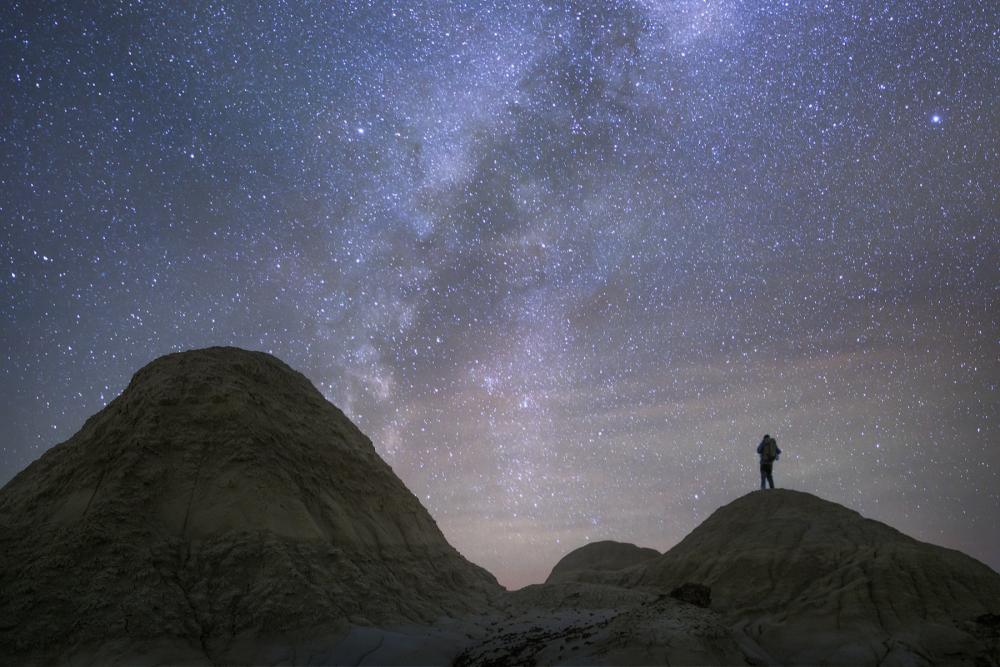
Chaco Canyon is considered one of the best places in the world to see stars.
Mason Cummings, TWS
1. Oil and gas banned from sacred and culturally significant sites
In September, Badger-Two Medicine in Montana, sacred to the Blackfeet Nation, was permanently protected from the threat of oil and gas development. The win came after many years of the Blackfeet Nation, along with support from conservation partners like The Wilderness Society, —reaching agreements with most developers to voluntarily give up their leases.
In New Mexico, Interior Secretary Deb Haaland approved a plan to ban new oil and gas leasing and development within 10 miles of Chaco Culture National Historical Park for 20 years. Similarly, this decision was in direct response to the ongoing advocacy of the Pueblo, Hopi, Diné and other Indigenous peoples and Tribes throughout the Southwest that have been calling for the protection of the sacred landscape for years. The next step is for Congress to permanently protect the Greater Chaco Region from oil and gas development.
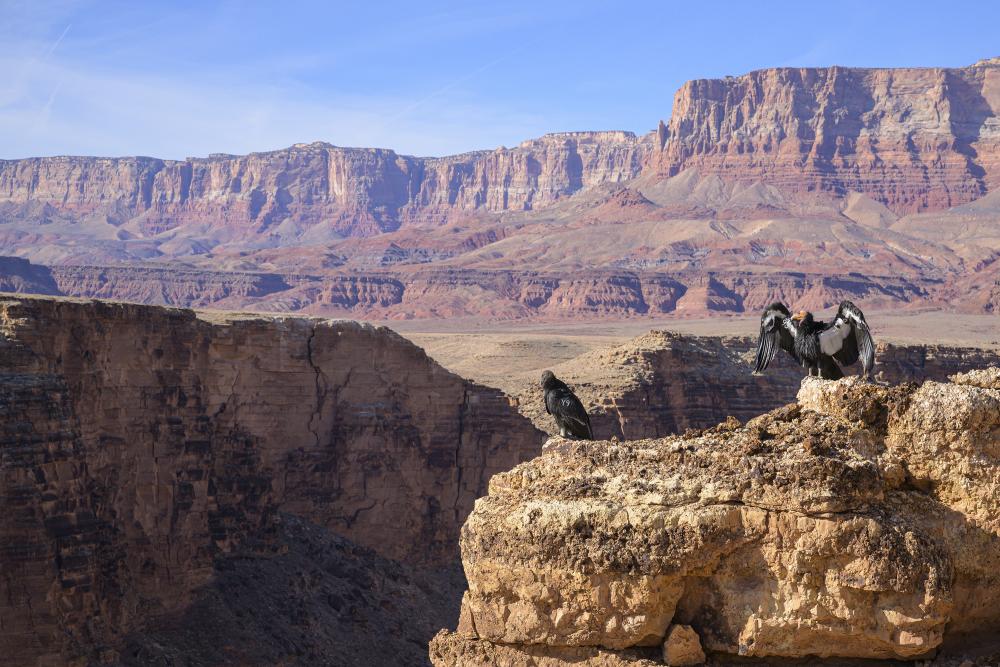
Proposed Baaj Nwaavjo I'tah Kukveni Grand Canyon National Monument, Arizona
Andrew Orr
2. Sacred lands permanently protected as national monuments
President Biden designated several new monuments in 2023, including Avi Kwa Ame in Nevada and Baaj Nwaavjo I’tah Kukveni - Ancestral Footprints of the Grand Canyon in Arizona.
Avi Kwa Ame—"Spirit Mountain" in the Mojave language— encompasses a critical connective passage between Mojave National Preserve and Lake Mead Recreation Area and protects 506,814 acres of land. This area is considered sacred by 10 Yuman-speaking tribes (the Mojave, Hualapai, Yavapai, Havasupai, Quechan, Maricopa, Pai Pai, Halchidhoma, Cocopah and Kumeyaay) as well as the Southern Paiute and the Hopi.
Baaj Nwaavjo I'tah Kukveni - Ancestral Footprints of the Grand Canyon National Monument protects 917,618 acres near Grand Canyon National Park. Baaj Nwaavjo translates to "where Indigenous peoples roam" in Havasupai, and I'tah Kukveni translates to "our ancestral footprints" in Hopi, making the monument’s name "where Indigenous peoples roam, our ancestral footprints."
The Tribally led effort was proposed by the Grand Canyon Tribal Coalition, which includes members of the Havasupai Tribe, Hopi Tribe, Hualapai Tribe, Kaibab Band of Paiute Indians, Las Vegas Tribe of Paiutes, Moapa Band of Paiute Indians, Paiute Indian Tribe of Utah, Shivwits Band of Paiutes, Navajo Nation, San Juan Southern Paiute Tribe, Yavapai-Apache Nation, Zuni Tribe and the Colorado River Indian Tribes. These lands will be co-stewarded by the federal government and the Grand Canyon Tribal Coalition, as outlined in the proclamation.
3. Legislation moving forward that centers Tribal voices
To kick off Native American Heritage Month in November, two crucial bills were introduced to elevate tribal voices. If passed into law, the bills would help protect culturally significant lands and sacred sites; guarantee a tribal voice in land planning and management; prohibit the sale of public land containing a tribal cultural site or a former reservation; and establish a tribal cultural areas system that conserves public lands while still allowing traditional tribal uses.
Later that same month, The Wilderness Society changed its position and came out in support of the Unrecognized Southeast Alaska Native Communities Recognition and Compensation Act (S. 1889). The legislation corrects a decades-old injustice by granting land to five Alaska Native communities that were wrongfully excluded from a land settlement agreement by the federal government. The legislation would transfer roughly 115,000 acres of Tongass National Forest lands to these five communities.
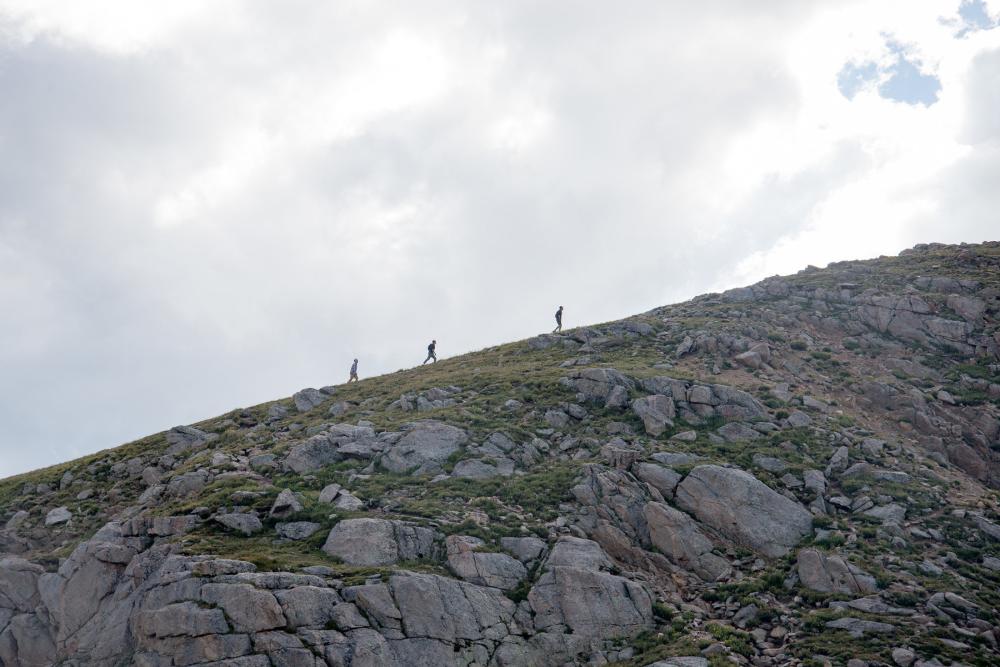
Hikers on Mount Blue Sky.
Adam Zolyak, Flickr
4. Continuing to erase harmful and derogatory names on public lands
Continuing from 2022, efforts to remove racist and derogatory names from public lands made significant progress this year. In January, the Department of the Interior’s Board on Geographic Names voted to remove a slur against Indigenous women from five new places, following the example of 650 such geographic features that had their names swapped the previous year.
Check out this map highlighting all the new names of these places.
In September, the same board officially renamed Mount Evans in Colorado to “Mount Blue Sky” thanks to the Cheyenne and Arapaho Tribes and the Mestaa’éhehe coalition. The famous mountain peak in Colorado had been named after former territorial governor John Evans, who was responsible for the Sand Creek Massacre of 1864. The new name, Mount Blue Sky, respects the cultures of local Indigenous peoples and honors the ancestors of those killed in the massacre. Now it’s time to change the wilderness area that surrounds the mountain to also be renamed Mount Blue Sky Wilderness.
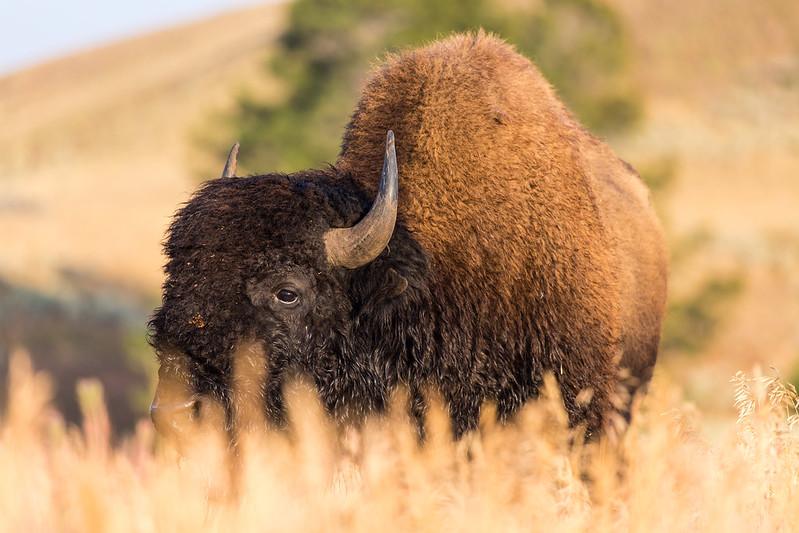
Bison, Blacktail Deer Plateau, Yellowstone.
Neal Herbert, NPS
5. Steps to restore bison populations with Indigenous Knowledge
Bison have played a vital role in Indigenous cultures for thousands of years, and there were some significant steps in 2023 to support that relationship. Interior Secretary Haaland signed an order in March to restore bison populations across the country, incorporating Indigenous Traditional Knowledge. Funded by the Inflation Reduction Act, the program will improve the Department of the Interior's work to restore wild populations and the prairie grassland ecosystem, working with other federal agencies, states, tribes and private landowners. Also this year, legislation was introduced in Congress to create a permanent program that will help promote and develop tribal capacity to manage bison.
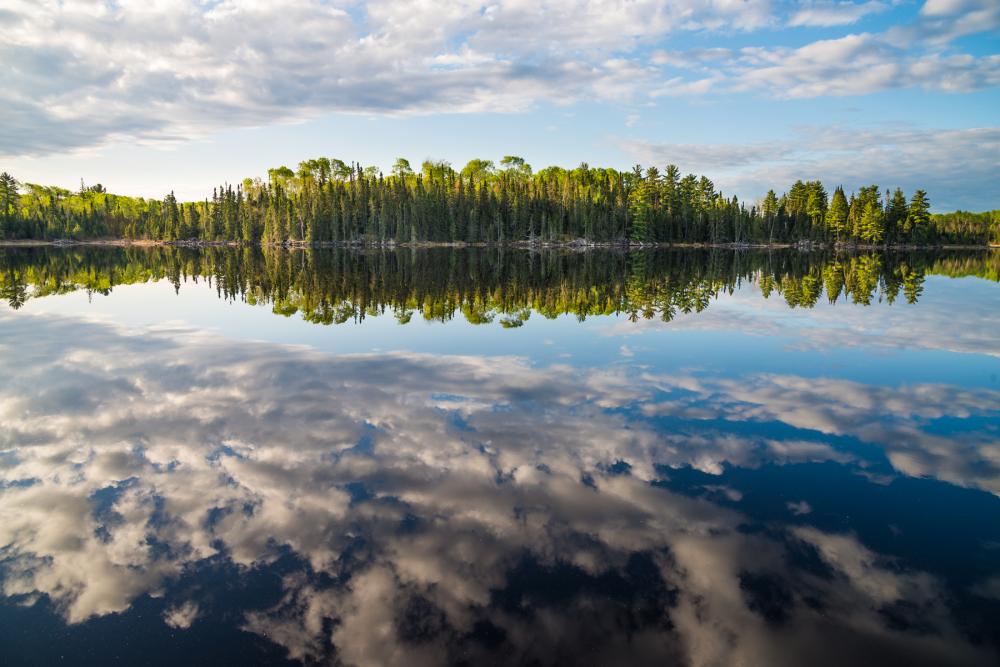
Boundary Waters Canoe Area Wilderness, MN
Erik Fremstad
6. Mining no longer threatens the Boundary Waters
In January, the Biden administration issued a 20-year mining ban around the Boundary Waters Canoe Area Wilderness, the nation’s most visited wilderness area. The mining moratorium covers 225,000 acres of land in the Superior National Forest, an area of interconnected lands and waters that provides critical subsistence resources like wild rice to Indigenous Anishinaabe people and is home to more than 250 wildlife species.
While a mining company challenged Biden’s actions, a federal court dismissed the lawsuit in September.
7. Advancing Tribal sovereignty and Traditional Ecological Knowledge
This year also saw increased awareness of the need to re-establish tribal stewardship (and recognition that Indigenous peoples are the longest serving stewards of the land). In Maine, the Penobscot Nation has plans to reclaim roughly 30,000 acres in the Katahdin region, part of their ancestral land, to protect wildlife, mitigate climate change impacts and practice sustainable forest management.
Meanwhile, the Confederated Salish and Kootenai Tribes, in partnership with The Wilderness Society and others, secured funding for conservation and restoring culturally significant species in their aboriginal homelands across the Crown of the Continent landscape in Montana. These initiatives underscore the importance of integrating Indigenous knowledge for holistic and sustainable environmental solutions.
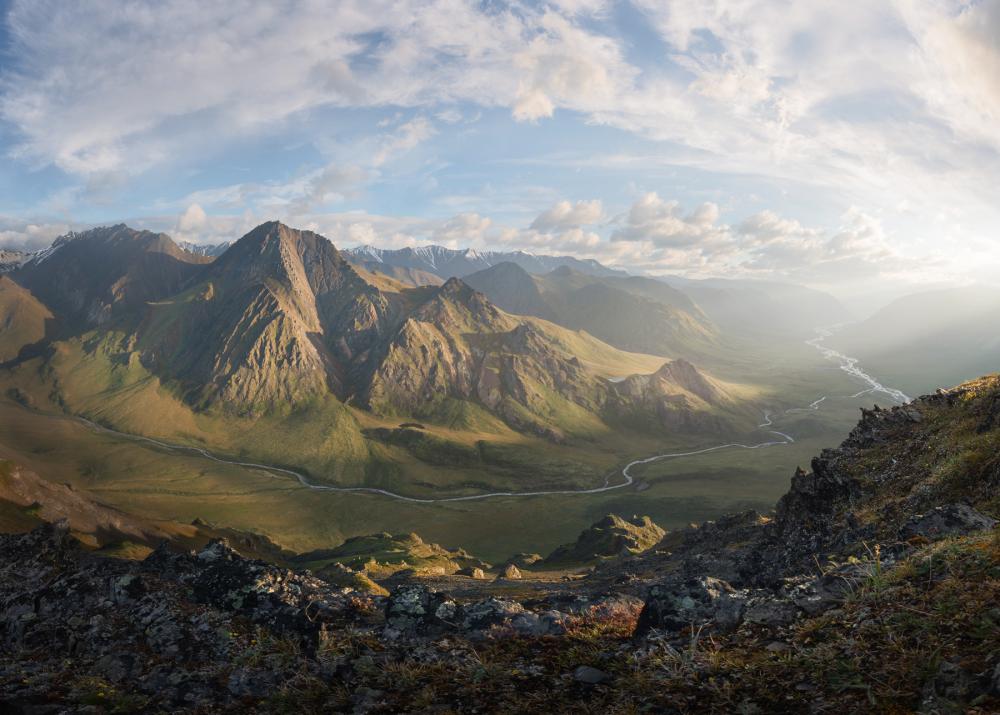
Arctic National Wildlife Refuge, Alaska
Mason Cummings, TWS
8. Continuous efforts to protect the Arctic
Chubb became the first American insurance company to explicitly say it will not insure oil and gas projects in the Arctic National Wildlife Refuge, traditional ancestral homelands of the Gwich’in and Iñupiat people. Spurred by the Gwich’in Steering Committee, 20 global insurance companies in all now have similar policies.
Another big win for the Arctic was the cancellation of all remaining oil and gas leases in the Arctic Refuge and the release of a proposal to provide stronger protections in the Western Arctic (also called the National Petroleum Reserve-Alaska).
9. Alaska’s Bristol Bay protected from ruinous mining project
The Pebble Mine is a proposed open-pit copper and gold mine in Bristol Bay, Alaska, an area that supports the world’s largest sockeye salmon fishery. In January, the Environmental Protection Agency (EPA) blocked the proposed mine, granting petitions filed in 2010 by Bristol Bay Tribes over concerns that the project would cause large-scale loss and damage to the Bristol Bay watershed.
But that fight is not yet over. In July, the state of Alaska asked the U.S. Supreme Court to reverse the EPA’s veto, arguing that the agency overstepped its authority in blocking construction of the giant mine. That legal fight is ongoing.
Looking ahead to 2024
We must continue to support and center Indigenous voices as we work towards a more sustainable and equitable future. In 2024, we hope to see the Biden administration support Indigenous-led and supported conservation efforts by ensuring the protections of culturally significant and sacred areas such as the Medicine Lake Highlands (California), Great Bend of the Gila (Arizona), Owyhee Canyonlands (Oregon), Chuckwalla (California) and Berryessa Snow Mountain (also California). The administration should also extend protections to the Arctic Refuge and restrict new oil and gas development in the Western Arctic, to safeguard the sacred landscapes.
